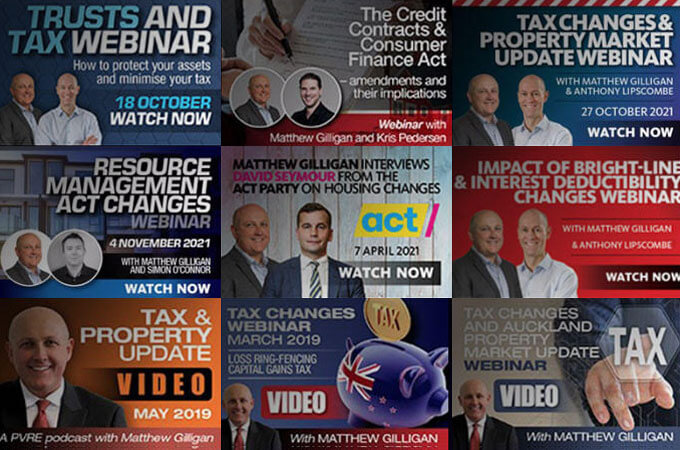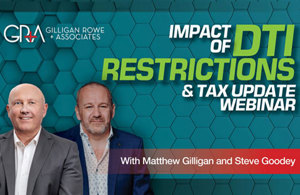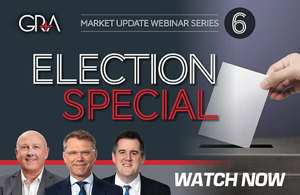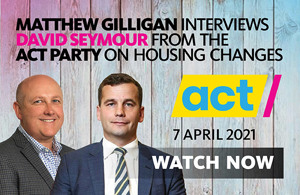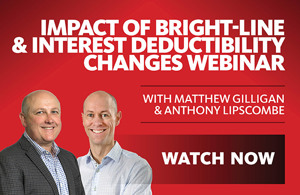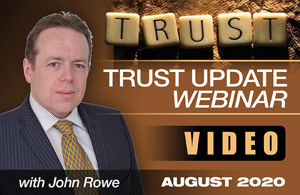
Going out on your own is exciting, but it also comes with some harsh tax realities. Unfortunately, these can be unexpected, especially when you're entering your first year of self-employment.
One very helpful piece of tax policy for new small-business owners in New Zealand is the early payment discount. This is essentially a free tax write off / reduction for eligible taxpayers and works as an incentive to ‘pre-pay’ your expected tax liability during your first year of business.
For the 2026 income year (FY26), this discount is 6.30%, which can meaningfully reduce your tax burden if you plan your cashflow well.
For example, if your taxable income for your first year in self-employment is $180,000, you would have a personal tax liability of circa $49,300. If you are eligible for the early payment discount and successfully pre-paid that amount of tax by 31 March, you can reduce your tax bill by 6.30%, saving you $3,100 in tax!
Sound too good to be true? Here’s how it works and who qualifies.
What is the early payment discount?
If you're in your first year of business (as a self-employed individual / sole tradership, in a partnership, or trading through a look-through company) and you don’t yet have a provisional tax obligation, you can make voluntary income tax payments before your balance date (e.g., 31 March) and apply for an early payment discount.
This not only assists with cashflow (so you are not left with a lump sum tax bill when terminal tax is due, coupled with the tax bill for your second year as a provisional taxpayer), but it also comes with a reward: a discount off your tax bill!
How do you qualify for the early payment discount?
To be eligible for the early payment discount, you must meet several criteria:
1. Business income type: You must be self-employed, a partner in a partnership, or an owner of a look-through company, and most of your income must come from that business. In other words, you can't be trading through an ordinary company deriving a shareholder / PAYE salary, nor trading through a trust taking profits as a beneficiary distribution. Further, your income must come from business activities / services provided; it cannot be solely passive income (rent, interest, dividends).
2. Voluntary payments: You make a payment before the end of the relevant income year, or use tax-pooling funds to do so. For FY26, this requires you to make tax payments before 31 March 2026.
3. Apply in time: You need to apply for the discount on or before the date your tax return is due. For FY26, this means the return must be filed (and the election made) on or before 31 March 2027.
4. No prior provisional tax obligation in the last 4 years: You must not have had an obligation to pay provisional tax in that income year or for any of the four preceding years. For FY26, this means you cannot have been a provisional taxpayer in FY22-FY26.
How is the 6.30% rate determined (for FY26)?
For the 2026 income year, the early payment discount rate is set at 6.3%.
This rate is calculated based on the use-of-money interest credit rate plus 2% as at 31 March of the previous tax year.
The discount (6.3%) is calculated on the lesser of:
• the total amount of voluntary payments made by balance date, or
• 105% of your residual income tax for that income year.
Residual income tax generally means the tax you owe after subtracting any withholding taxes on your assessable income (e.g. RWT withheld by the bank on interest income).
A simple example
To make it concrete, suppose someone makes $50,000 in voluntary payments in their first year before 31 March and their residual income tax for the year is $80,000.
•105% of residual income tax = $84,000
•The discount is calculated as 6.3% of the lesser of
(a) $50,000 (voluntary payments made); or
(b) $84,000
•Discount = $50,000 × 6.30% = $3,150
That $3,150 effectively reduces your tax liability, either by refund or by offsetting against other tax owing.
What are the benefits of the early payment discount?
1. Cashflow: For a new business, the first year’s tax liability can feel overwhelming. If you wait until terminal tax, you might face paying both year one and year two tax close together. The early payment discount helps soften that blow.
2. Good return on your money: A 6.67% “return” (via a tax credit) is not bad, subject to your opportunity cost / other investment opportunities.
3. Tax-pooling compatibility: Your voluntary tax payments can come via a tax pooling intermediary, giving you until 18 June the following year after balance date to make your tax payment (tax pooling incurs interest, but at lower rates than IRD). For FY26, you have until 18 June 2027 to fund your tax bill and backdate it with tax pooling to 31 March 2026.
Things to watch out for
• Apply on time: You need to claim the discount when you file your return and by the due date.
• Four-year rule: If you've previously run a business and paid provisional tax, you may not be eligible, unless you’ve had four years without deriving business income or paying provisional tax.
• Cash requirement: You need to pay out money early. That requires good cashflow management because you are essentially front-loading tax payments. (Unless you use tax pooling.)
• Use of money interest (UOMI) rate changes: Since discount rates are pegged to the UOMI rate + 2%, the applicable rate can change over time. For 2025, for example, the rate was 6.67%.
Final thoughts for new business owners
• If you’re a sole trader, partner, or owner of a look-through company in your first year, this is a generous incentive to pay tax early. It’s essentially the government rewarding you for managing your tax liability proactively and easing future cashflow stress.
• Of course, whether it's right for you depends on your cashflow, your other financial goals, and how confident you are in estimating your residual income tax. It’s worth running the numbers, perhaps with your accountant, to decide if making voluntary payments before the income year-end is the best strategy for you.
If you’d like help with the early payment discount, contact us at GRA via our online form, or phone us on 09 522 7955 – we’d be very pleased to help you.

Quade Fraser
Client Services Manager
Did you like this article? Subscribe to our newsletter to receive tips, updates and useful information to help you protect your assets and grow your net worth. We're expert accountants providing expert advice to clients in NZ and around the world.
Disclaimer: This article is intended to provide only a summary of the issues associated with the topics covered. It does not purport to be comprehensive nor to provide specific advice. No person should act in reliance on any statement contained within this article without first obtaining specific professional advice. If you require any further information or advice on any matter covered within this article, please contact the author.
Comments
Testimonials
The main things I got out of Property School were knowledge on subdivision, feedback on current market, tips on areas and types of properties to buy. I really enjoyed learning from the examples of the presenters own experience. - Craig H - October 2015
Property 101by Matthew Gilligan
Investing in residential property?
Put this at the top of your reading list.
If you're investing in residential property, seeking to maximise your ability to succeed and minimise risk, then this is a 'must read'.
Matthew Gilligan provides a fresh look at residential property investment from an experienced investor’s viewpoint. Written in easy to understand language and including many case studies, Matthew explains the ins and outs of successful property investment.
- How to find the right property
- How to negotiate successfully
- Renovation do's & don'ts
- Property management
- Case studies and examples
- and much, much more...




